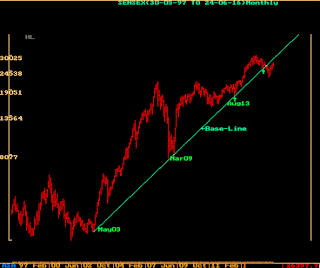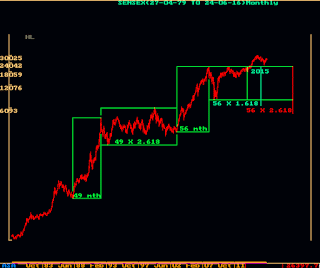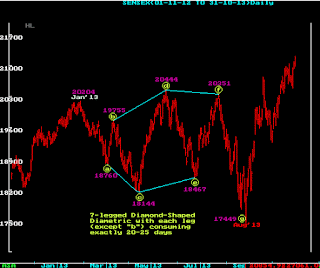many thanks
On Tue, Jun 28, 2016 at 7:54 AM, Rajesh Desai <stockdesai@gmail.com> wrote:
--
--
--
You received this message because you are subscribed to the Google Groups "LONGTERMINVESTORSRESEARCH" group.
To unsubscribe from this group and stop receiving emails from it, send an email to longterminvestorsresearch+unsubscribe@googlegroups.com.
Visit this group at https://groups.google.com/group/longterminvestorsresearch.
For more options, visit https://groups.google.com/d/optout.
You received this message because you are subscribed to the Google Groups "LONGTERMINVESTORSRESEARCH" group.
To unsubscribe from this group and stop receiving emails from it, send an email to longterminvestorsresearch+unsubscribe@googlegroups.com.
Visit this group at https://groups.google.com/group/longterminvestorsresearch.
For more options, visit https://groups.google.com/d/optout.
































No comments:
Post a Comment